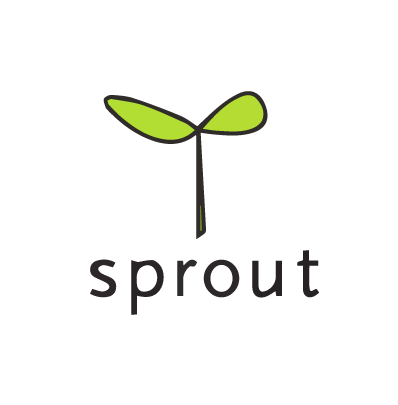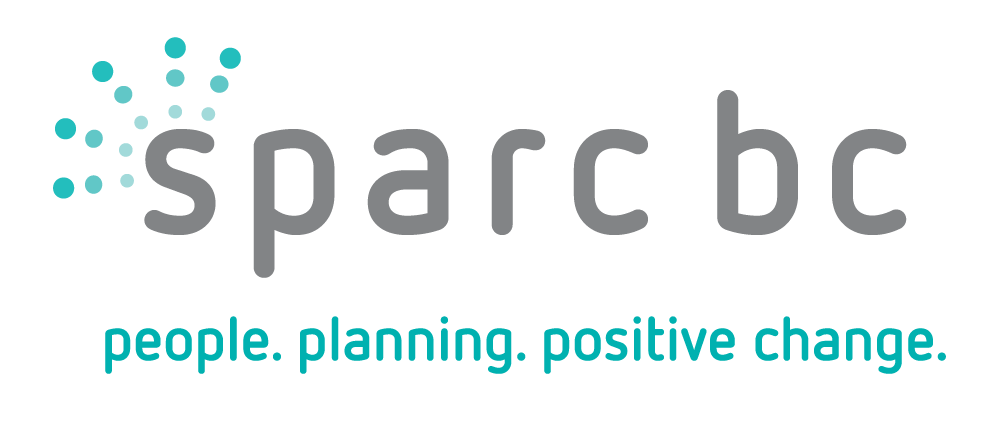SPROUT Resources for Social Change
Home » Areas Of Focus » CDE Community Development Education » SPROUT Resources for Social Change

Cultivate your know-how with practical guides and tools for community development!
SPROUT is a collection of resources that have been developed and informed by our work with community practitioners. You will find hands on, step-by-step, tools to help create change in communities.
Help us grow more SPROUTS! Send your idea for a new SPROUT resource to us at:
- Email:programs@sparc.bc.caOpens in your application
Voter turnout is low in most communities across BC. At the same time, locally resourced community development activity happens each year, with many residents reporting a lack of awareness about how decisions have been made.
Participatory budgeting aims to address these issues by empowering residents to decide on, or contribute to decisions made on, the destination of all or part of the available public resources (United Nations Human Settlements Programme, 2004). This toolkit includes information that can assist local governments in BC use participatory budgeting.
The Community Engagement Toolkit offers an adaptable approach to designing a community engagement process tailored to specific issues and/or developments in your community.
The five (5) steps of effective community engagement planning are outlined in this document along with forty-seven (47) community engagement methods. A diverse range of examples are provided throughout this toolkit in an effort to demonstrate community engagement methods in action.
This toolkit was designed for municipal social planners and other municipal planning staff that are thinking about how to design and implement a community engagement process that is inclusive, accessible and results-oriented.
The need for the development of welcoming and inclusive organizations and communities is gaining increasing acceptance. However, along with this acceptance there are questions about the practical steps needed to develop a comprehensive approach to inclusion within organizations and community services.
This handbook is intended to support people interested facilitating a training workshop that will educate others on the dimensions of diversity that support the development of welcoming and inclusive organizations and communities. It includes a workshop outline that can be used in a wide variety of contexts, as well as handouts, presentation slides, facilitator notes and an extensive resource list.
According to the Centre for Digital Storytelling, a digital story is “a short, first person video narrative created by combining recorded voice, still and moving images and music or other sounds.” Digital storytelling is relatively low tech, low cost and easy to learn, making it an ideal community development tool that helps communities tell their own stories. In BC it has been experimented with and considered for use in reporting, evaluating and communicating project outcomes.
This inventory is intended to serve as an initial access point for people interested in learning more about digital storytelling and its applications to health promotion and community development in BC. It includes: (1) A listing of training programs and facilitators in BC; (2) Digital storytelling testimonials; (3) Online resources; and, (4) Summary of past projects.
This guidebook discusses different ways of measuring poverty in Canada and describes how to conduct a community affordability study. It is intended for community-based nonprofit organizations (especially social planning councils, and planning departments) and social planners working within municipal governments.
The guide includes: (1) Information about different approaches to measuring poverty in Canada; (2) A basic introduction to the market basket measure methodology for conducting affordability studies; (3) An outline of skills needed to design and implement a community affordability study; and, (4) Options for how community leaders can use the results of an affordability study to address issues of poverty and low income.
This workbook outlines a three part process for creating an intercultural dialogue series with and for Aboriginal and non-Aboriginal peoples. It contains assessment sheets and planning worksheets intended to support community members working to develop locally relevant intercultural dialogues events. The workbook utilizes stories to help provide insight into how each phase of creating an intercultural dialogue series applies to common lived experiences in BC communities.
This resource is intended for both Aboriginal and non-Aboriginal community leaders and people working in intercultural environments such as health, education, justice, business and social services. It can be used to help understand the strengths and weaknesses of one’s own intercultural work competencies; and, gain knowledge of a general framework for organizing, implementing and evaluating an intercultural dialogue series with and for Aboriginal and non-Aboriginal peoples.
This resource guide is a compilation of resources that can inform local initiatives to engage in dialogue and action-planning between Aboriginal and non-Aboriginal peoples. It is intended to help community members access relevant information that supports community processes intended to explore history, reflect on the present, and take action leading to a better future for Aboriginal and non-Aboriginal peoples.
The guide provides: (1) An overview of the definition, dynamics and guiding principles for intercultural work between Aboriginal and non-Aboriginal peoples in BC; (2) Personal reflections, hopeful imaginings and critical questions about intercultural work between Aboriginal and non-Aboriginal peoples (developed by members of the Building Bridges Together Advisory Committee); and, (3) A wide range of short discussions and resources related to topic areas that are central to intercultural work between Aboriginal and non- Aboriginal peoples. The appendices consist of supplementary readings and resources and a sample comment sheet.
A Community Indicator Project (CIP) is a type of community-based knowledge production project that engages community members and leaders in an inclusive and democratic process of developing a set of indicators that reflect important aspects of community life.
CIPs are indicator projects that are designed by and for people who live in the same geographic area. They involve the public in the process of formulating indicators and seek to engage them in local action strategies.
This resource guide addresses questions about how to design and implement a CIP that is linked to the development of local action strategies to address priority community issues. It includes a brief introduction to key concepts related to CIPs, as well as an introduction to one general methodological approach for designing and implementing a local CIP.
The guide also includes: (1) A series of short discussions that attempt to define part of the history, current day rationale and other key considerations relevant to CIP work; (2) An overview of an eleven-step approach to creating a local CIP; and, (3) descriptions of the outputs that need to be achieved before moving to the next phase of work. Appendices provide information about a range of resources that support CIP work.
